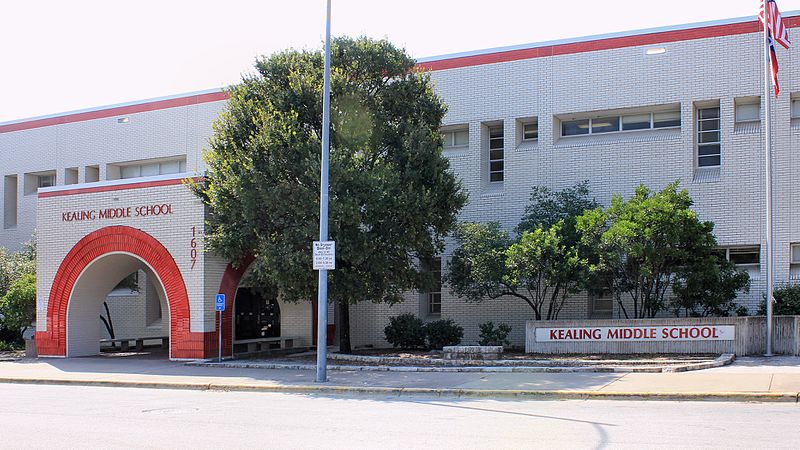Budget Cuts Could Close Magnets
AISD has proposed significant budget cuts for the 2018-2019 school year, including the idea of closing the magnet programs. The three magnet programs, Fulmore, Kealing and LASA, would be eliminated in favor of bringing higher-level classes to all AISD schools and giving every school more opportunities. Ending the magnet programs is just one of the proposals from the AISD budget task force that is attempting to save at least $60.6 million before funds run out.
The magnet schools have been massive attractions for kids from all around Austin since the creation of LBJ’s individualized liberal arts and sciences magnet program in 1985, which lets students focus on certain fields.
“Having a magnet program would mean more students would want to come to that school so they can take more advanced classes and get college credits quicker,” freshman Johnney Perez said.
The main consideration for closing magnet programs are the transportation costs. Students in magnets are bused from their respective neighborhoods to Fulmore, Kealing and LASA. This system costs AISD a total of $3.4 million annually.
“The disadvantage to magnet schools would probably be it’s more expensive because they have to bus kids from all around,” Perez said.
The additional funding for magnet schools is $1.5 million, and one of the proposed solutions is reallocating the funding. The task force is also considering switching the buses to be paid for by students on a sliding scale, much like the lunch pricing system.
Students like junior Emma Galbraith enjoyed their time in magnet programs, but they wonder if it would benefit the larger population if all schools had opportunities like those found in magnet programs.
“The magnet system lends itself to a feeling of otherness and if that were to be abolished, it would create a better sense of school unity, benefit more kids academically and probably make the environment nicer in general,” Galbraith said .
Separation and division between the magnet and comprehensive students were felt at varying levels by students.
“One thing that bothers me still about the magnet system is that it creates a kind of segregated school,” Galbraith said.
Perez voiced his thoughts about the equality of the magnet and the non-magnet students.
“I think the students in the magnet program were treated better than the students who weren’t,” Perez said. “If you had a friend, not in the magnet program and you both did something bad, I feel like the non-magnet student would get in more trouble.”
However, other students voiced their opposition to that point of view, like freshman Alojuah Alfaro.
“There wasn’t really a separation; math and science were where everybody collided,” Alfaro said.
There are also concerns about the futures of the teachers in the magnet program, who according to AISD “receive specialized training aligned to the school’s thematic focus”.
“The whole experience of being with teachers who you could tell cared, who were clearly passionate and who helped with questions gave me hope for high school,” Galbraith said.
About 3,000 of the 82,000 students in AISD schools are in magnet programs, and the proposal lists out reasons such as dividing local communities, and lacking diversity despite efforts to diversify the programs as reasons to eliminate them.
“It was a good learning experience. The discussion I had there was fantastic. I would like to see what would happen if those experiences were brought to the kids in the non-magnet program,” Galbraith said.













